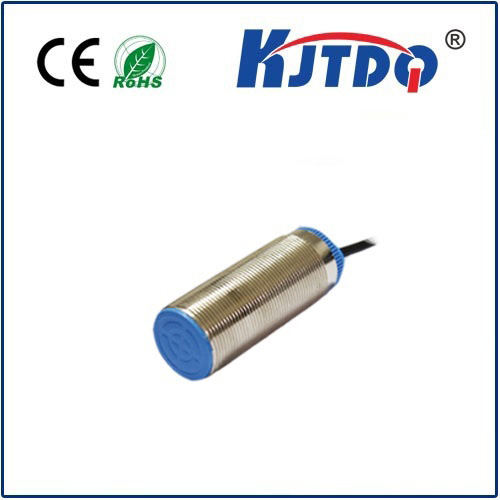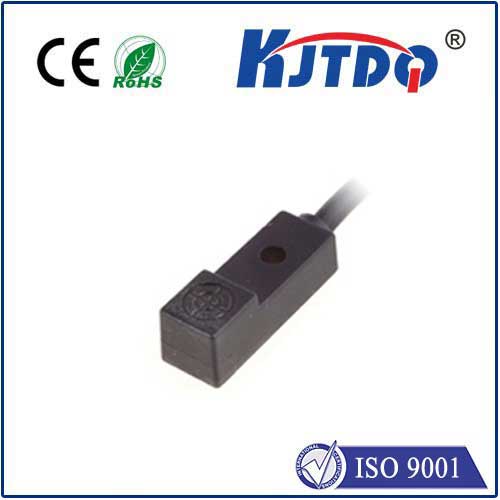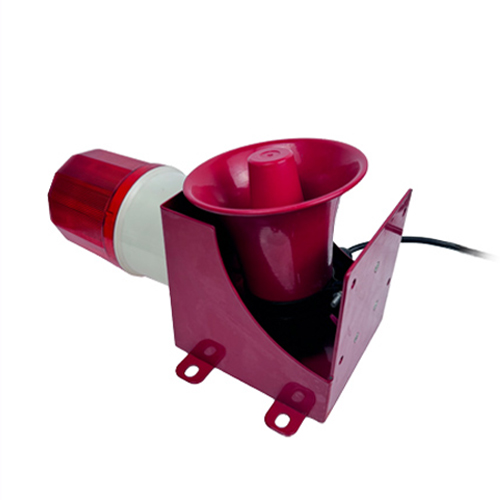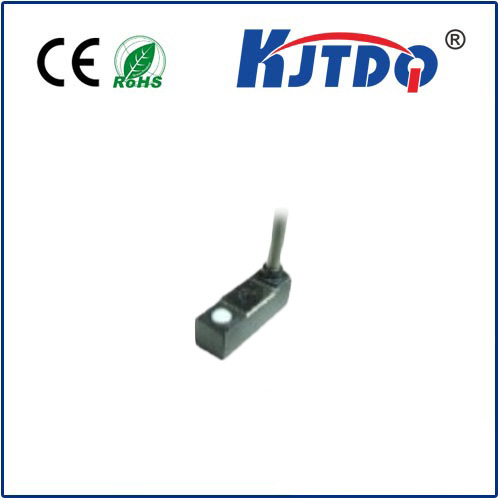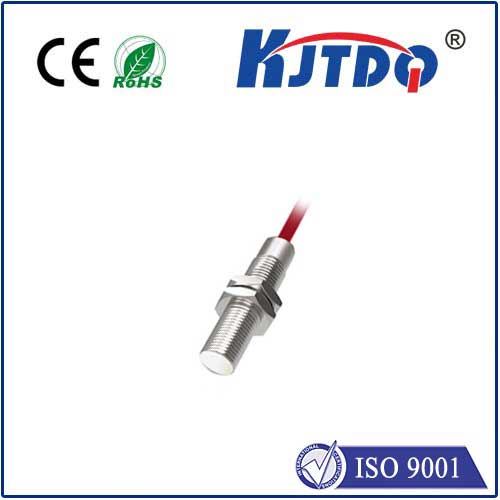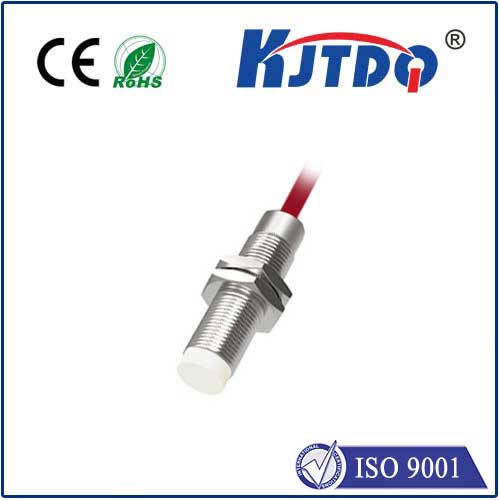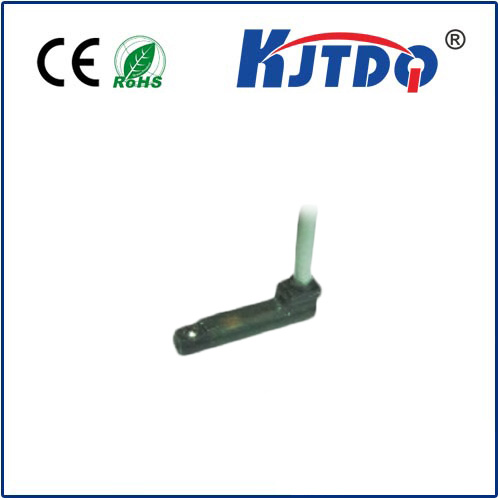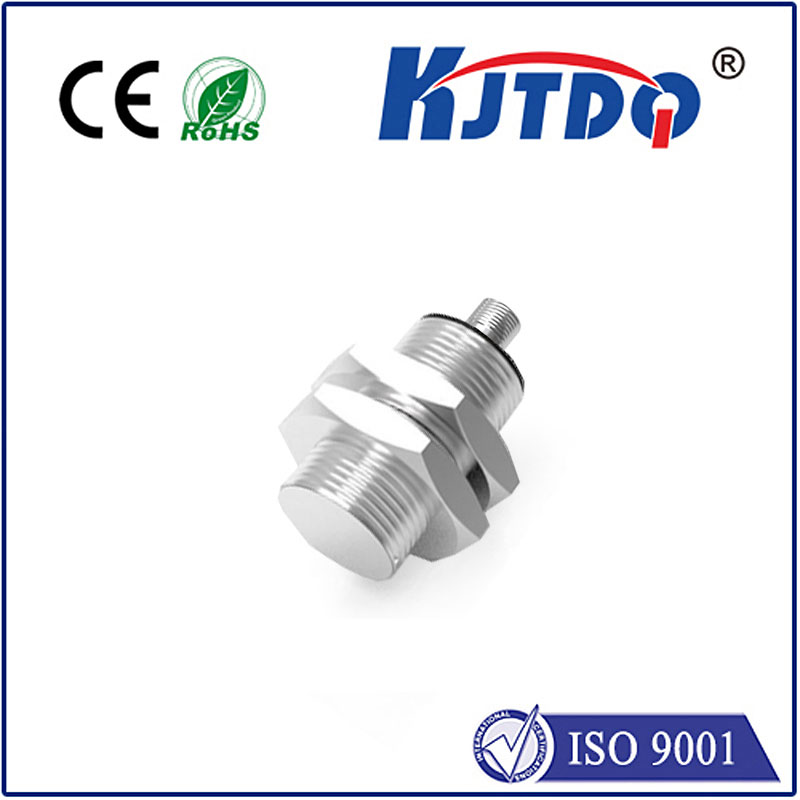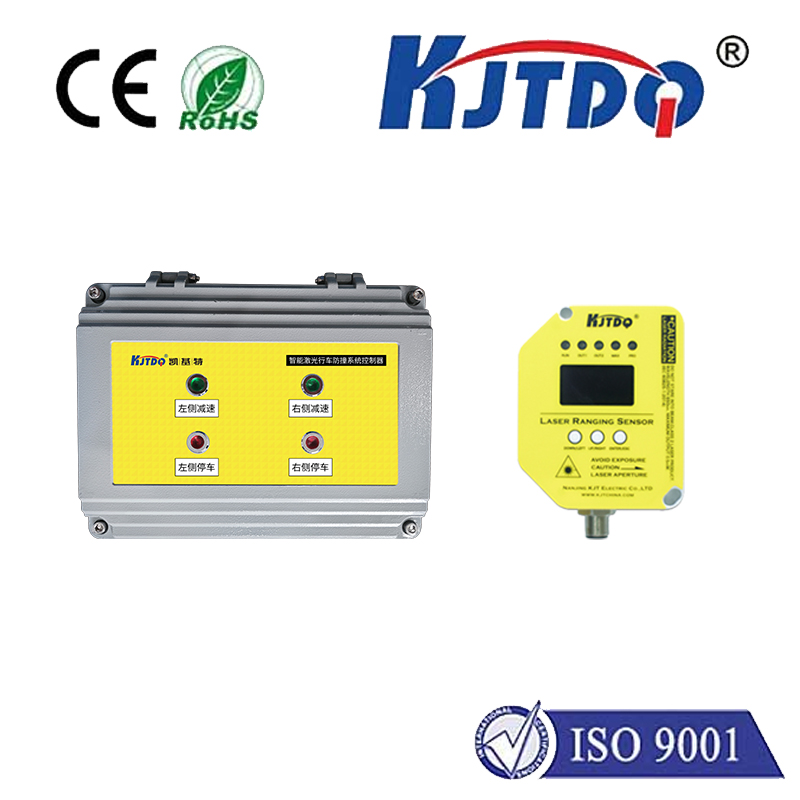inductive switch sensor
- time:2025-06-17 01:21:41
- Click:0
Inductive Proximity Sensors: The Fundamentals of Non-Contact Switching
In the intricate dance of modern automation and machinery, countless unseen components ensure flawless operation. Among these silent workhorses is a sensor technology revered for its ruggedness, reliability, and simple elegance: the Inductive Switch Sensor (or Inductive Proximity Sensor). If you’ve ever marveled at how robotic arms precisely position parts, production lines flawlessly count items, or heavy machinery safely detects positions without physical touch, you’ve likely witnessed this technology in action. Understanding what inductive sensors are, how they work, and where they shine is key to appreciating and deploying them effectively.
Decoding the “Inductive Switch” Principle
At its core, an inductive switch sensor is a non-contact detection device. It senses the presence or absence of metallic objects – typically ferrous metals like iron or steel, though some specialized types detect non-ferrous metals – without needing any physical interaction. This inherent “no-touch” capability is a major advantage, leading to minimal wear and tear and exceptional longevity compared to mechanical limit switches subject to constant impact.
The magic happens through electromagnetism. Inside the sensor’s active face lies a coil wound around a ferrite core. When powered, this coil generates a high-frequency oscillating electromagnetic field that radiates outward from the sensing face.
Here’s where the “inductive” part comes into play: When a conductive metal target enters this magnetic field, it induces tiny circulating electrical currents on the metal’s surface. These are called Eddy Currents. The creation of these eddy currents consumes energy from the sensor’s own oscillating field.
The sensor’s integrated electronics constantly monitor the energy level within this oscillating circuit. The presence of the metal target dampens the oscillation due to the energy absorbed by the eddy currents. The electronics detect this energy loss (the change in oscillation amplitude) and trigger a switching action – typically turning an internal solid-state switch (like a transistor) ON or OFF.

Key Characteristics Defining Performance
Several critical factors influence how an inductive proximity sensor performs:
- Sensing Range: This defines the maximum distance at which the sensor can reliably detect a specified standard target (usually a square of mild steel). Ranges vary significantly, from fractions of a millimeter to tens of millimeters. Crucially, this range depends heavily on the target material. Ferrous metals (iron, steel) offer the longest range, while non-ferrous metals (aluminum, brass, copper) and stainless steel result in a reduced sensing distance.
- Triangular Sensing Area: The generated field isn’t a perfect cylinder extending straight out. It forms a roughly conical or 3D triangular space in front of the sensor. Targets entering this entire volume will be detected.
- Target Material & Size: As mentioned, material drastically affects range. Furthermore, the size of the target must be sufficient to generate enough eddy currents. For standard sensors, the target should be at least equal to the sensor’s face diameter for the rated range.
- Shielding vs. Unshieldined (Non-Shielded):
- Shielded Sensors: These have their electromagnetic coil wrapped by a metal band around the circumference. This focuses the field forward, minimizes lateral emission, and allows flush mounting in metal surroundings without the mount interfering with the detection field. Ideal for tight spaces.
- Unshielded Sensors: Lack this surrounding metal band, resulting in a larger lateral field. They offer a slightly longer sensing range compared to shielded types of the same size but require clearance (non-metallic surroundings) around the sensor barrel to function correctly.
- Output Configuration: Inductive sensors typically feature solid-state outputs for fast, wear-free switching:
- PNP (Sourcing): When active, the output line supplies positive voltage (+V) to the load.
- NPN (Sinking): When active, the output line connects the load to ground (0V). Choosing the correct type (PNP vs NPN) is crucial for compatibility with your controller (PLC) inputs.
- NO (Normally Open) / NC (Normally Closed): Defines the output state when no target is present (NO = Off, NC = On).
The Compelling Advantages Driving Adoption
Why are inductive switch sensors so ubiquitous? Their benefits address core industrial needs:
- Zero Physical Contact: Eliminates mechanical wear on both the sensor and the target, translating to low maintenance and long service life.
- High Reliability & Repeatability: Solid-state electronics offer fast switching speeds (often in kHz ranges) and exceptional repeat accuracy, critical for high-speed automation and positioning.
- Robust Construction: Typically housed in rugged materials like nickel-plated brass or stainless steel with high IP ratings (IP67, IP68, IP69K), making them resistant to dust, water, oils, coolants, and vibration.
- Insensitivity to Surface Conditions: Capable of detecting targets obscured by dirt, snow, oil, or paint (within reason), unlike optical sensors which might be blocked.
- Simple Integration: Usually feature standard M-series threaded barrels (e.g., M8, M12, M18, M30) and offer various cable or connector options for straightforward mounting and wiring.
- Cost-Effective: For metallic target detection in industrial environments, they offer an excellent balance of performance, durability, and price.
Where Inductive Sensors Excel: Primary Applications
Their strengths make inductive switch sensors indispensable in countless scenarios:
- Position Detection: Verifying parts are present in fixtures, end-of-stroke detection on cylinders, spindle positioning.
- Object Counting: Counting metallic objects on conveyors (bottlecaps, cans, machined parts).
- Speed Monitoring: Sensing gear teeth or shaft rotation through speed sensors.
- Machine Safety: Used as part of safety interlocks to confirm guards are closed.
- Level Detection: Monitoring minimum/maximum levels of metal powders or granules in bins or hoppers.
- Material Handling: Detecting pallets, containers, or metallic components in automated systems.
Beyond the Basics: Considerations for Selection
While powerful, a few limitations exist:
- Metal Targets Only: Cannot detect non-metallic objects (plastic, wood, glass, liquids). Capacitive sensors are needed for those materials.
- Reduced Range for Non-Ferrous: Performance drop with aluminum, copper, etc., often requiring specific sensor variants.
- Mutual Interference: Mounting sensors too close together can cause their electromagnetic fields to interfere, leading to erratic behavior. Maintaining recommended lateral separation distances is vital.
- Harmonic Distortion: High-power electrical sources nearby can sometimes cause interference.
Choosing the Right Sensor: Key Questions
To select the optimal inductive switch sensor, ask:
- What is the target material (ferrous, non-ferrous, stainless steel)?
- What is the required sensing distance? (Include a safety margin).
- Is flush mounting possible/required? (Dictates shielded or unshielded).
- What is the operating environment? (IP rating, temperature requirements, exposure to chemicals).
- What output type and switching logic (PNP/NPN, NO/NC) is compatible with the controller?
- What physical size and mounting style (threaded barrel, rectangular) fits the application?
- What is the required switching frequency (speed)?
Inductive switch sensors are a cornerstone technology in industrial sensing. Their blend of rugged non-contact operation, consistent reliability, and versatility ensures they will continue to be the go-to solution for detecting metal objects reliably and efficiently in the demanding world of automation and machinery for years to come. Understanding their principles and capabilities is fundamental for effective implementation.






